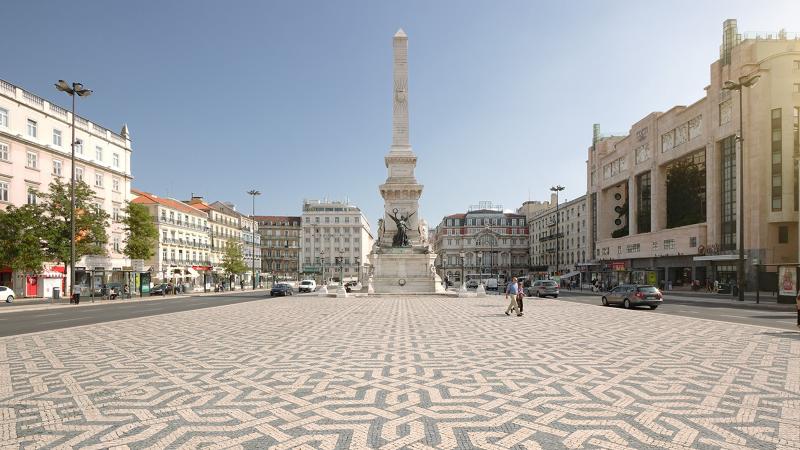Lisbon is known for its art, culture, music and monuments. The European city is famed for its colorful architecture. Tile art covers the façades of the buildings; designs on the paved ground are created with hand-made limestone tiles placed by skillful craftsmen. The city offers a range of attractions for visitors to explore this fall.
Mosteiro dos Jerónimos and Torre de Belém are the most visited places in Lisbon. Declared UNESCO World Heritage Sites in 1983, they were built at the initiative of King Manuel I, whose reign lasted between 1495 and 1521 and are the most representative monuments of the Age of the Discoveries in Portugal. The Torre de Bélem served as a fortress and port from which Portuguese explorers departed. It was also used as a prison, as a lighthouse and as a tax collection center to enter the city.

Lisbon is best experienced by walking through its different neighborhoods such as Alfama, Chiado and Baixa. Alfama is known as the cradle of Fado (Lisbon’s traditional music). Located between the River Tejo and Castelo de São Jorge, this traditional neighborhood retains its essence as was one of the least affected districts during the 1755 earthquake. Located in the lower part of Lisbon, Chiado is known for being a neighborhood of artists. It is also home to the oldest bookstore in the world: Bertrand Bookstore. Baixa is the most elegant district of Lisbon and the symbol of its rebirth as a capital after the earthquake of 1755. The reconstruction, ordered by the Marquês de Pombal, transformed the neighborhood into a bustling commercial center.
The Praça do Comércio, also known Terreiro do Paço, is a square characterized by neoclassical symmetries, enclosed on three sides by arcades and palaces. Another famous landmark is the Rossio Square, a perfect place to marvel at the undulating shapes of the paved ground.
Lisbon is also home to several museums. Opened to the public in June 2022, The Royal Treasure Museum is located in the Palácio Nacional da Ajuda. Exhibits include a permanent display of the Crown jewels and pieces created by royal goldsmiths. The National Tile Museum is located in the Madre de Deus convent. Its tile collections allow visitors to trace the history of tiles, from the 15th century to present day. The Calouste Gulbenkian Museum houses a range of Egyptian, Mesopotamian and Persian objects, besides paintings by European artists such as Rembrandt, Renoir and Rubens.
Related Articles
Just Back: Portugal, Insider Secrets From Lisbon and the Algarve